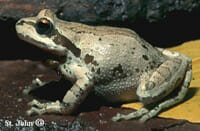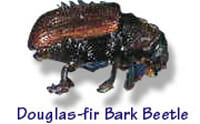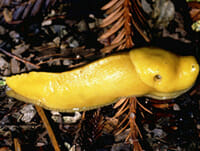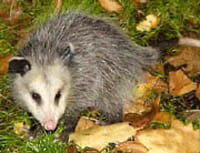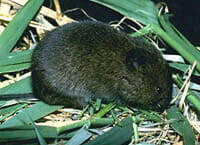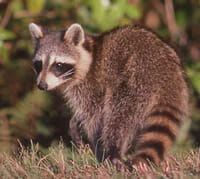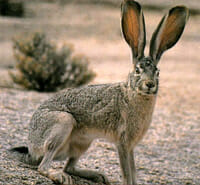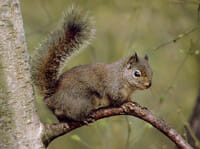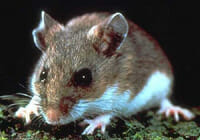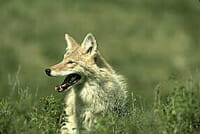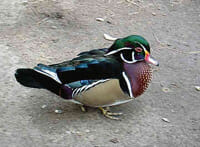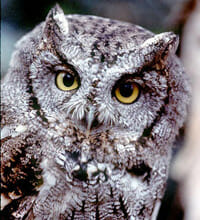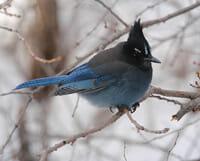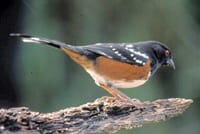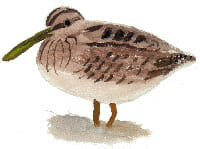The animals in Green Timbers do not often show themselves. Coyotes will frequent the Hydro Right-of-Way and the Douglas Squirrel can be detected by looking in the direction of its chattering call. On the other hand, Raccoons and Opossums move about mainly at night. The wildlife includes the following:
Pacific Tree Frog
Pacific Tree Frog - Anura Hylidae Hyla regilla Identification & Description: The Pacific Treefrog is the most commonly heard frog on the west coast. The color of the individual can vary. They are most often a green or a gray, but may also be brown or black. Within the [...]
